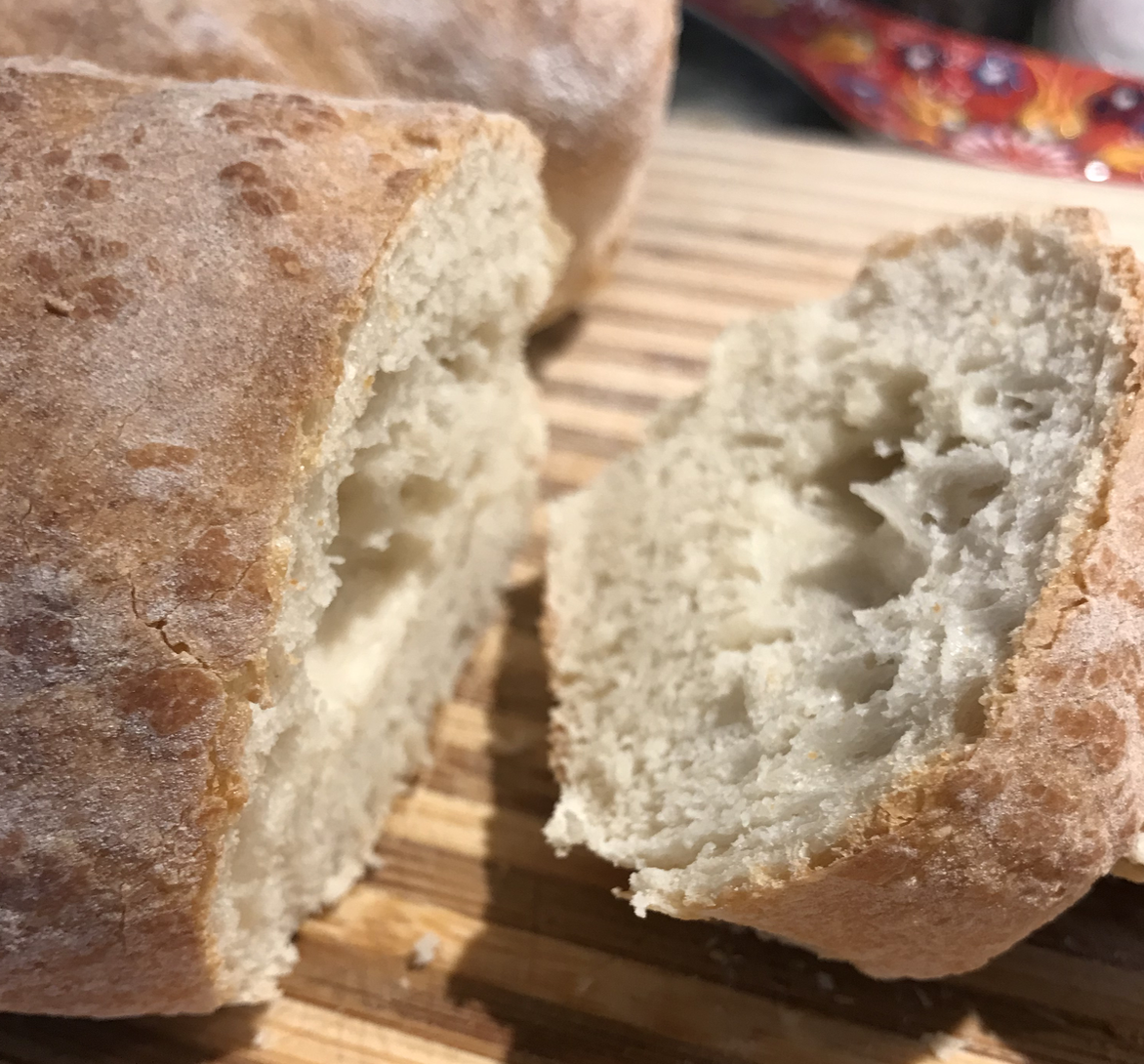I recently got a new BBQ smoker, after a 10+ year hiatus from BBQ. Temperature controlled, pellet fed.
I had to try a brisket first. But since I was rusty at smoking meats, I read a few articles online about making the “ultimate brisket” and was a little surprised by what I found. In summary, there are a lot of recipes out there that will keep you busy by your smoker rubbing, basting, spraying, turning and poking for 16+ hours. It sounded like a lot of work, and much of it sounded unnecessary.
Humans have been smoking meat for thousands of years. The recipe has always been salt+smoke. How hard can this be? After a few texts and calls to a good friend and avid barbecuer, I decided to try something simpler. Much simpler. For science.
The results turned out great. Not <your favorite BBQ joint> great, but pretty darn great given I put basically zero effort into this.
BBQ people of the Internet, I present the world’s simplest BBQ brisket recipe.
- Pat dry your brisket.
- Trim some fat off, but leave at least 1/4″ fat where you can. The fat makes a good moisture insulator. Or don’t. A dry crust tastes great too! For this experiment I trimmed the fat off one half of mine and left the fat on the other half; I liked both!
- Make a dry rub of 2 parts rock salt to about 1 part ground black pepper. Eyeball it. Rub it into the meat and let the brisket sit out for an hour.
- Set your smoker to 150°F and wait for it to stabilize at 150.
- Place the brisket in the smoker and cook for at least 1 hour per pound.
- DO NOT OPEN YOUR SMOKER. “If you’re looking, you’re not cooking.” Go look at something else: Look up at the sky, your significant other, whatever. There’s plenty of interesting things to look at. Don’t risk fiddling with the internal temp of your smoker.
- Shut the smoker off, wrap in foil and let rest for 60+ minutes before serving.
That’s it! Brisket, salt, pepper, smoke.. This is not complicated. My brisket came out with a perfect bark, a 3/8″ smoke ring and was oozing liquid when I cut into it. Tasted amazing. I noted that the internal temp of the fat side was 154°F, so my smoker–even though it was set to 150–was overshooting a little.
If you want the “ultimate brisket” keep scouring the Internet, but you should try this first 🙂
Update (a few weeks later): I’ve cooked about 4 more briskets since writing this and have learned a bit more about how to achieve the “ultimate brisket”.
160°F is the temperature at which the connective tissue collagen begins to break down (Link). If you want falls-apart-under-a-plastic-fork-tender brisket, you need to get the brisket above this temperature. The problem is this higher temp also comes with higher moisture loss.
The solution is a trick called the “Texas Crutch”: after slow-smoking the brisket at 150°F for 10+ hours, tightly wrap it in foil and then throw it in the oven at 175°F and let it go for another 6+ hours. You’ll lose the crispy bark but the trade is a super-moist melt-in-your-mouth brisket.
This isn’t quite as simple as I initially advertised but it’s worth the effort. I’ve been doing this as an 16 hour recipe: Start smoking at 8PM, at 8AM wrap it in foil and stick it in the oven and you’ve got great BBQ for lunch. The same technique works great with chicken legs. For pork butt, instead of wrapping in foil, stick it in a dutch oven and it’s ready to pull right away!



